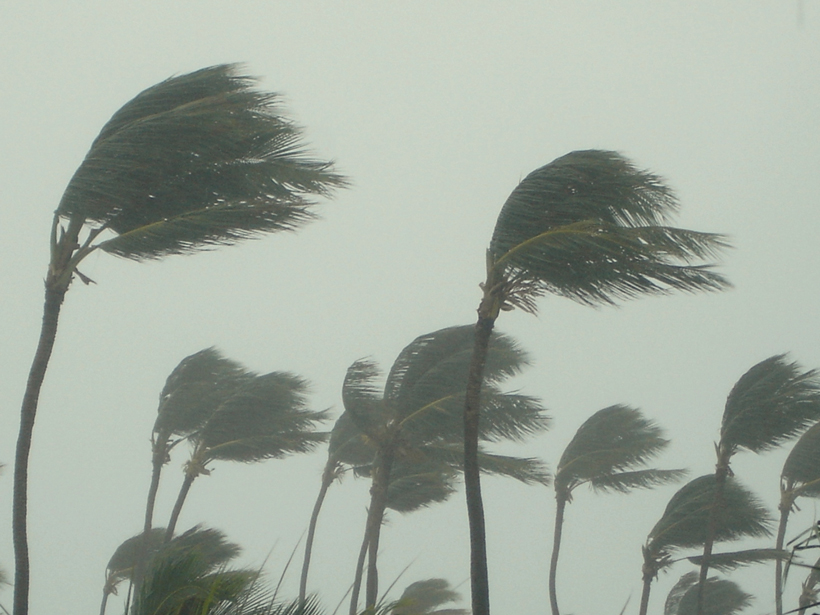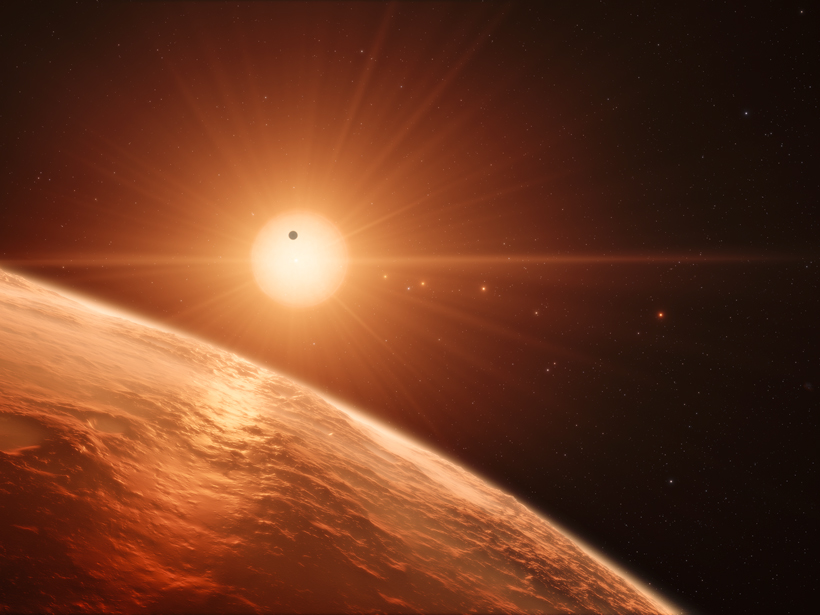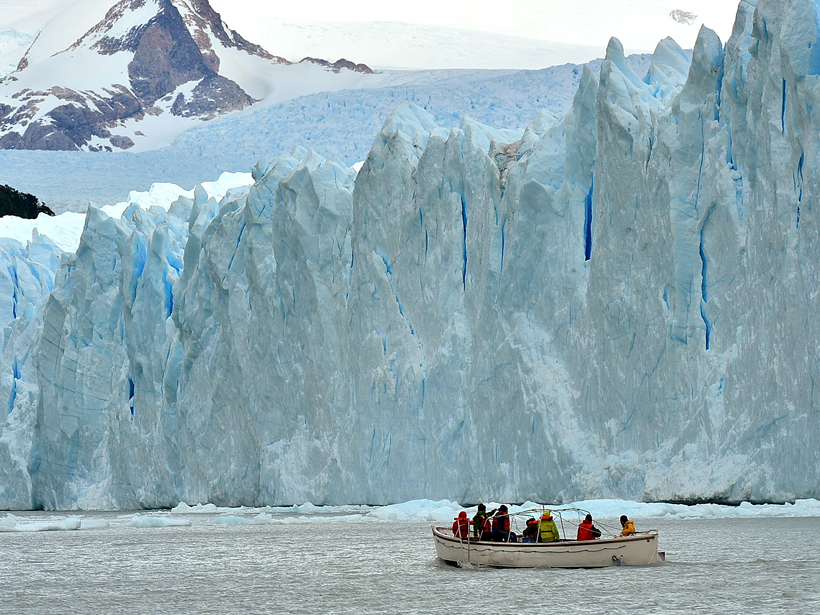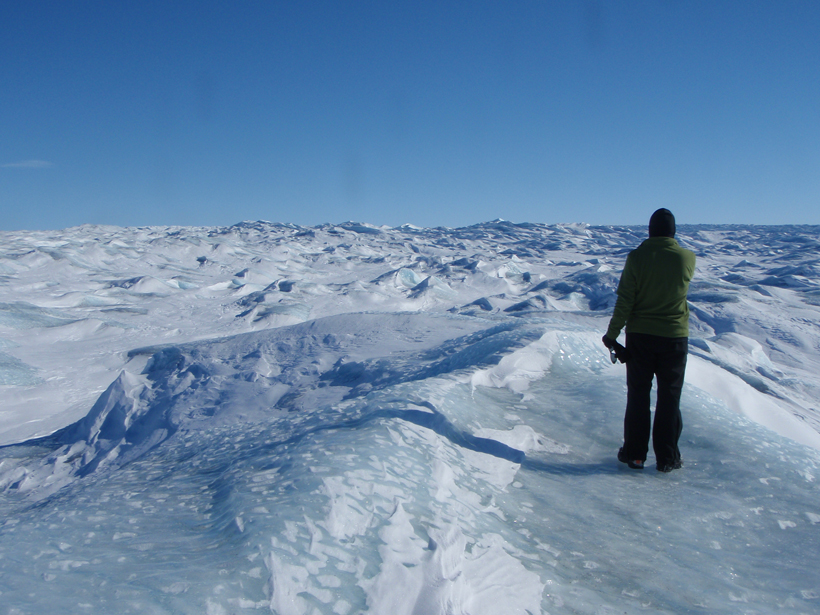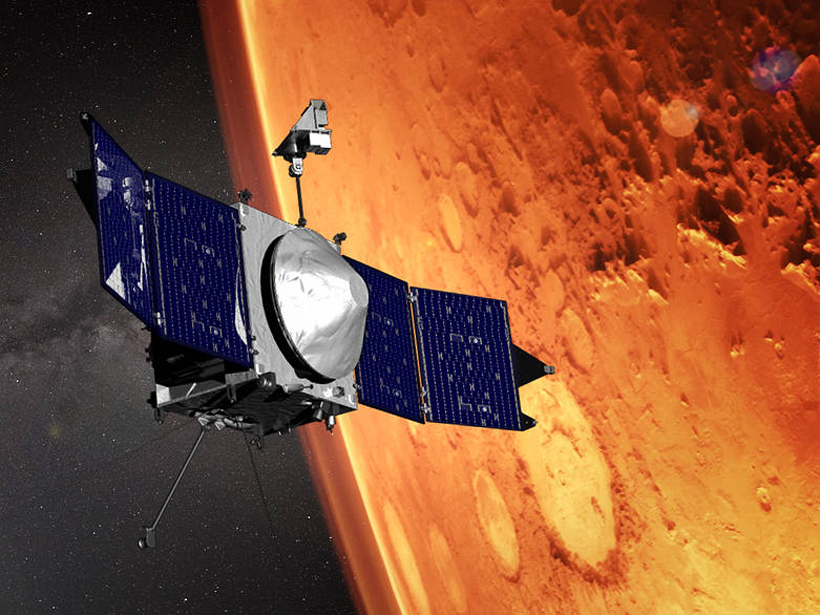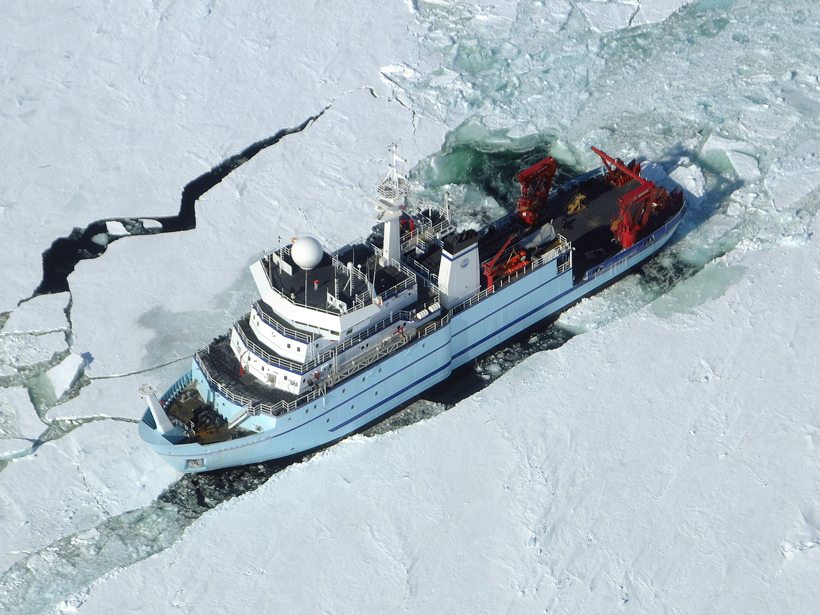A study of deformed and metamorphosed rocks exposed in Tibet’s Lopu Range suggests that episodes of crustal shortening and extension during the evolution of the Himalaya are related to subduction processes.
CC BY-NC-ND 2017
NOAA Officials Stress Hurricane Danger and Storm Safety
Agency scientists on a Hurricane Awareness Tour showcase NOAA research capabilities and warn that although winds can cause severe damage, the biggest killers are storm surges and inland flooding.
A New Theory May Explain “Impossible” TRAPPIST-1 Planets
The proposed formation scenario relies on unconventional processes to account for a bevy of seven Earth-sized exoplanets recently found orbiting an unlikely star.
In Patagonian Lakes, Glacial Meltwater Lies Low
A new study reveals key differences in ice-water interactions between glaciers that flow into lakes and glaciers that end in the sea.
Autonomous Floats Shed New Light on the Ocean’s Many Hues
Argo float data reveal regional deviations from existing models of the relationship between ocean color and biogeochemistry.
New Explanation for “Meandering” Electrons Orbiting Earth
A new study proposes a simpler theory to explain a class of electrons zipping around Earth, propelled by magnetic explosions.
New Instrument May Aid Search for Extraterrestrial Life
For 2 weeks on the Greenland ice cap, scientists tested an instrument that might help us find life on icy moons with oceans beneath their crusts.
Where and How Can We Find New Sources of Oil and Gas?
The editors of a new book on oil and gas exploration describe developments in methods for identifying oil and gas fields, and for making accurate predictions about their extractive potential.
Spacecraft Returns Its First Data on Martian Solar Irradiance
Scientists demonstrate the capabilities and limitations of the mathematical model used to calculate solar irradiance using measurements from NASA’s Mars Atmosphere and Volatile Evolution (MAVEN).
With 2017 Budget Signed into Law, Eyes Turn to 2018 Battle
Analysts hope that Congress will continue to support science programs in next year’s budget as well.


